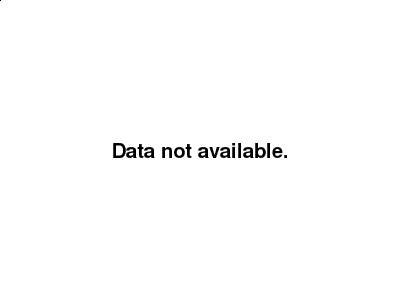U.S. consumer spending rose slightly less than expected in July and annual inflation increased at its slowest pace since late 2015, which could diminish expectations of an interest rate increase in December.
Inflation remains stubbornly low even as the labor market is near full employment, a conundrum for the Federal Reserve. Other data on Thursday showed a small increase in new applications for unemployment benefits last week amid a tightening job market.
The Commerce Department said consumer spending, which accounts for more than two-thirds of U.S. economic activity, increased 0.3 percent last month after a 0.2 percent gain in June. Economists had forecast consumer spending rising 0.4 percent in July.

The personal consumption expenditures (PCE) price index excluding food and energy edged up 0.1 percent in July. The so-called core PCE price index, which is the Fed’s preferred inflation measure, has now risen by the same margin for three straight months.
In the 12 months through July, the core PCE price index increased 1.4 percent, the smallest gain since December 2015. That followed a 1.5 percent rise in the 12 months through June. The core PCE price index has undershot the U.S. central bank’s 2 percent target for the past five years.
via Reuters
Content is for general information purposes only. It is not investment advice or a solution to buy or sell securities. Opinions are the authors; not necessarily that of OANDA Business Information & Services, Inc. or any of its affiliates, subsidiaries, officers or directors. If you would like to reproduce or redistribute any of the content found on MarketPulse, an award winning forex, commodities and global indices analysis and news site service produced by OANDA Business Information & Services, Inc., please access the RSS feed or contact us at info@marketpulse.com. Visit https://www.marketpulse.com/ to find out more about the beat of the global markets. © 2023 OANDA Business Information & Services Inc.


